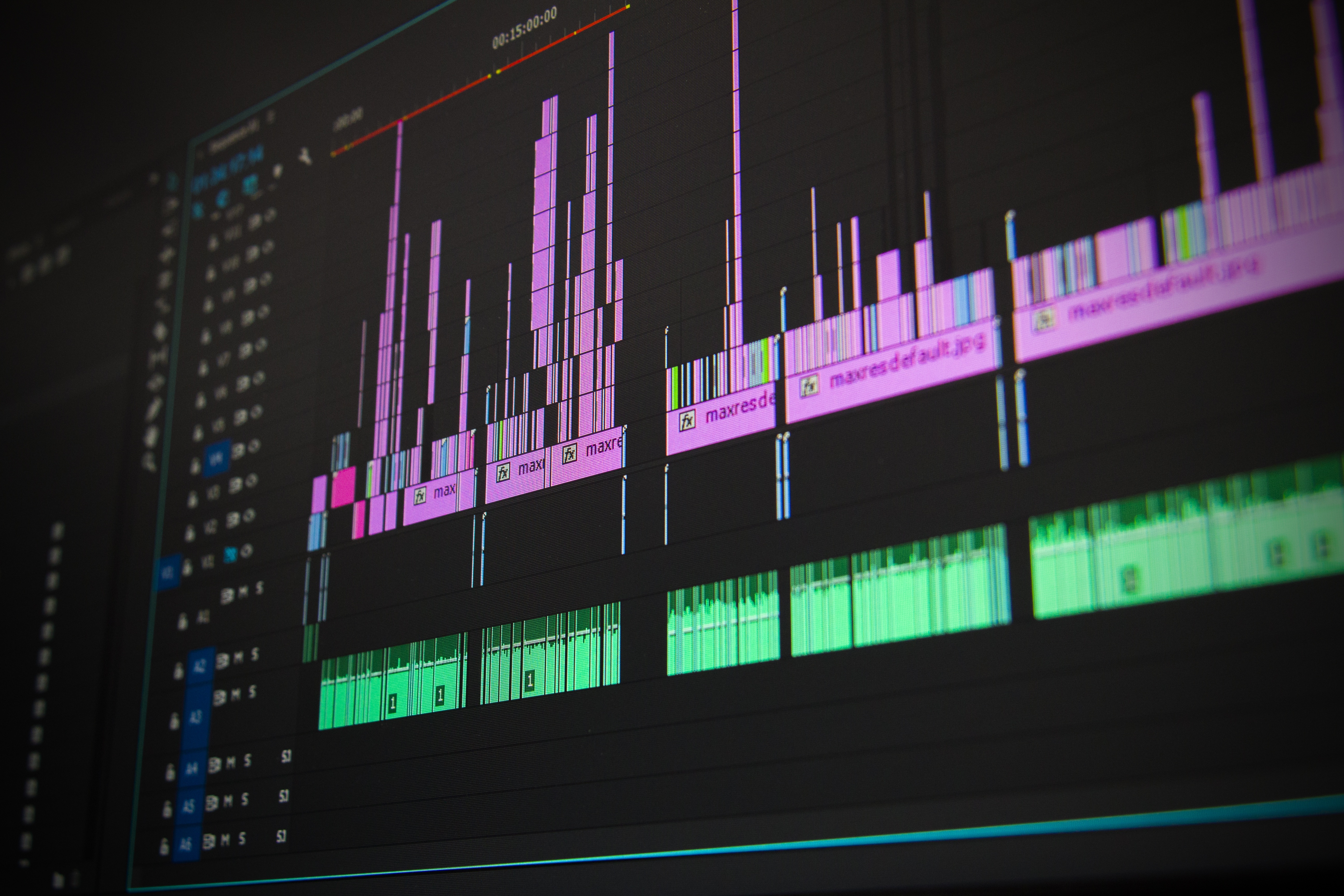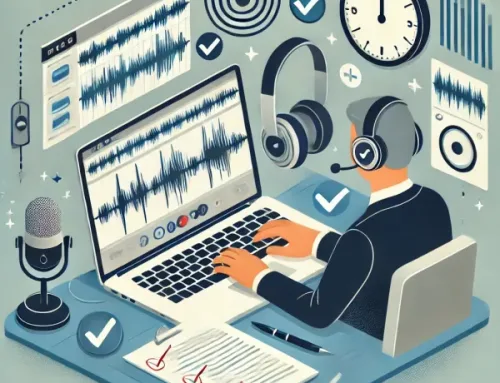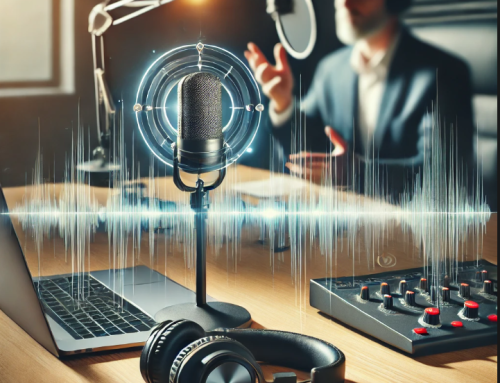At times a recording can be too noisy to be properly transcribed. Even professional recordings can have some background noise; it can be as simple as a creaky door opening at the wrong time, or as bad as a train passing by. As transcriptions mean understanding every single word, this can sometimes cause problems. If the audio is not clear enough, that means it first needs cleaned up, and there are many alternatives for doing this.
Which suits your purpose depends on a few factors, budget being an important consideration. End result, or in other words what you want the audio for is another concern. In transcriptions it is not necessary to have a good quality audio, only something that lets the transcribers hear every word clearly. A noise during a silent moment is not something that needs to be removed.
Accusonus, a little known company makes the software they call Accusonus ERA (N/R/D), nicknamed Noise Reduction Magic. This is easy to use, gives quick results and comes at a reasonable price. They offer two packages; basic and Pro. The basic software will probably clean up audio well enough for a transcription to be possible.
iZotope RX (Standard/Advanced) is probably the best-known sound restoration software in use at present. Their software has a wide range of tools to let you chose how and what to clean, but it comes with a hefty price tag and is probably much more ‘cleaning’ that is needed for transcription services.
Antares SoundSoap – Legendary & Simple Sound Cleaner, (yes, the name does describe it perfectly even if it sounds a little odd). This is one of the more affordable noise reduction solutions on the market. It is fast, simple and effective and comes in both basic, which is very affordable, and a fine-tune version which is a little more expensive, but again this type might not be necessary for transcription purposes.
Last but not least is Adobe Audition CC.
This is part of the Creative Cloud suite, which means many people will already have this, maybe without even being aware they do.
This software is more than simple noise reduction, it is a digital audio terminal where you can do many different things, most unnecessary for transcribing audio and more for professional sound editing. That said, it does do; Noise Reduction; Hum Removal; Hiss Removal; Sound Removal (for odd, random sounds); Adaptive Noise Reduction (for constantly changing sounds, like a train); and more.
All in all, Adobe Audition lets you clean up just about anything, so the important audio is clear and easy to understand.






